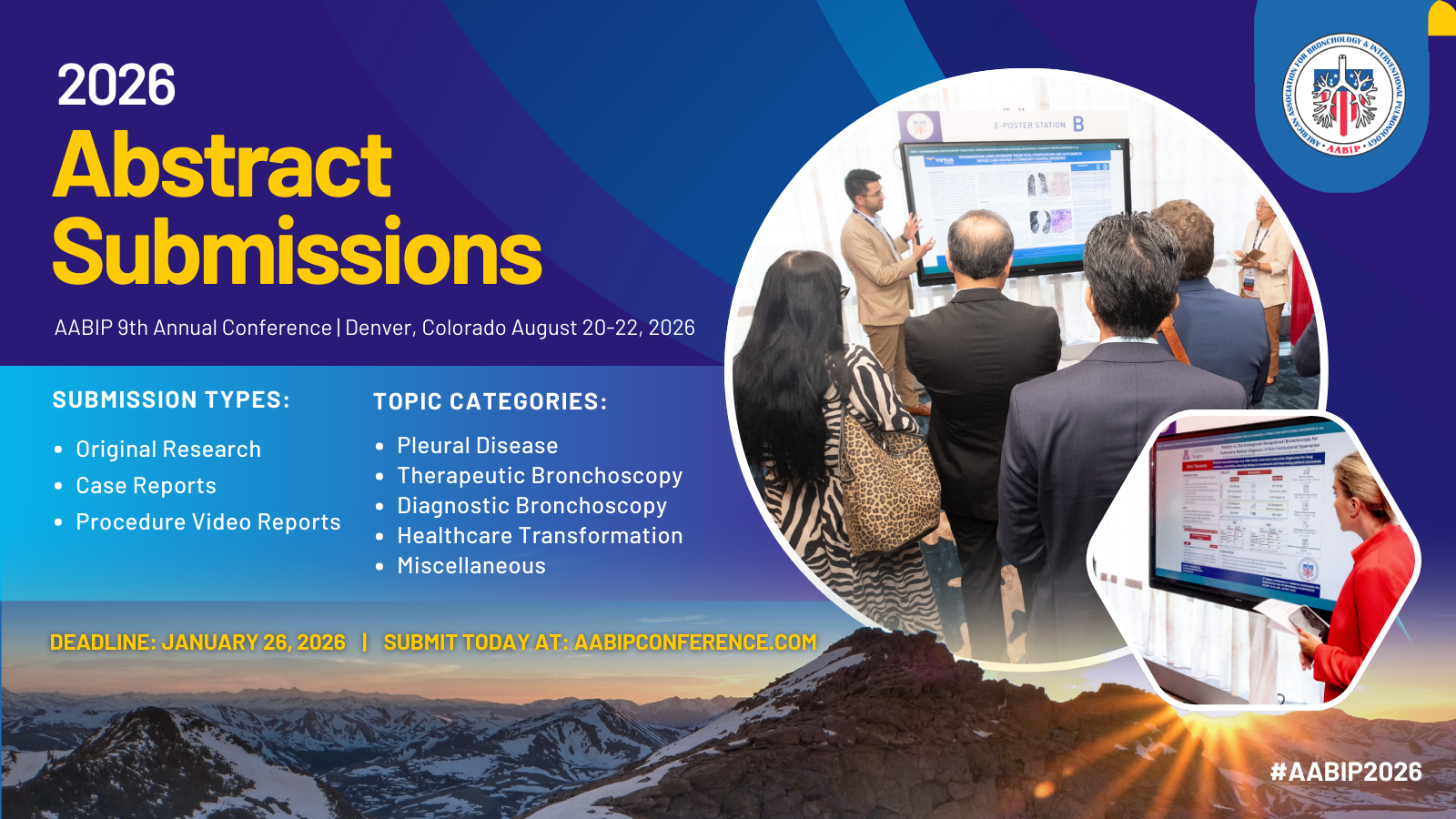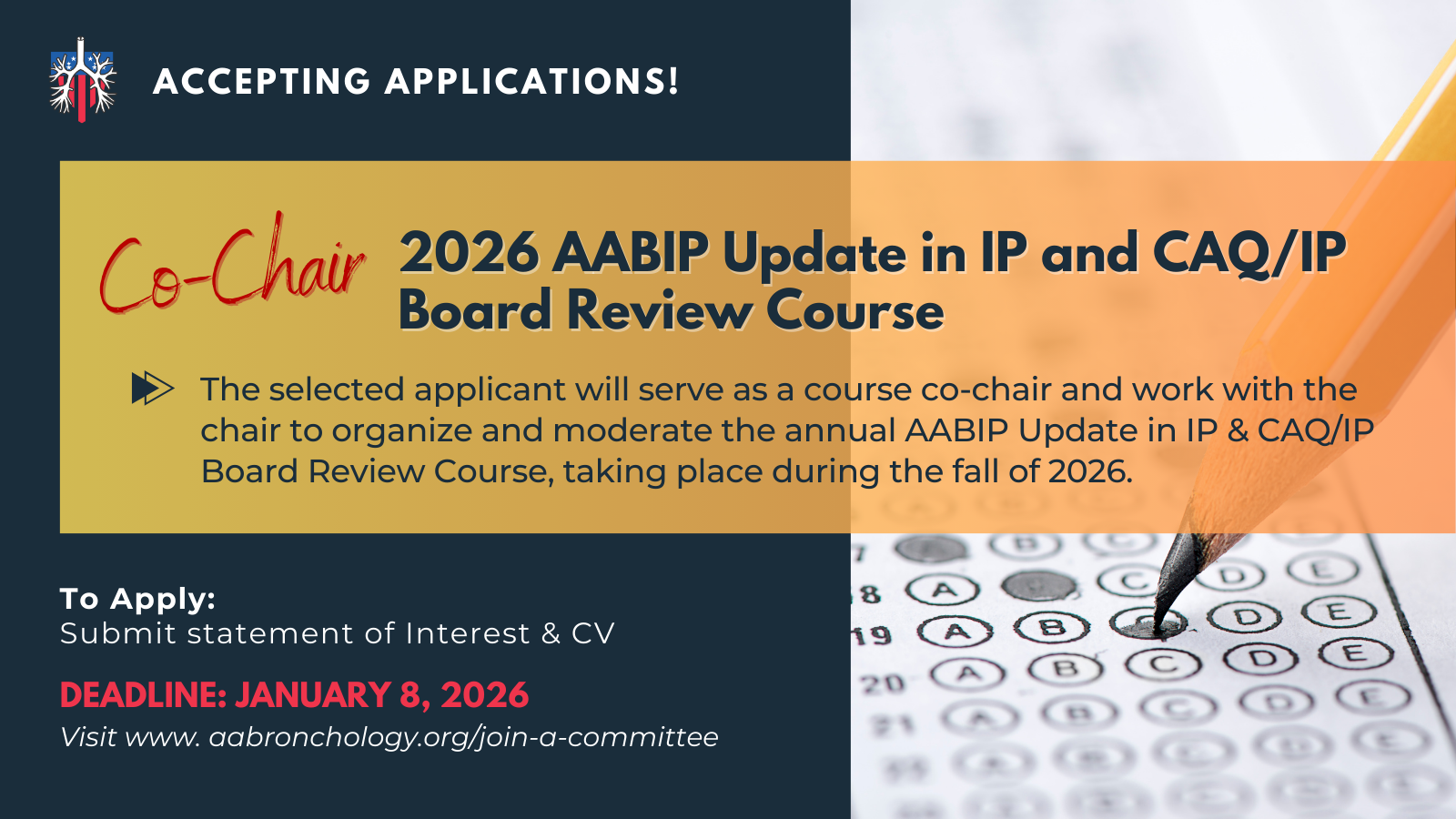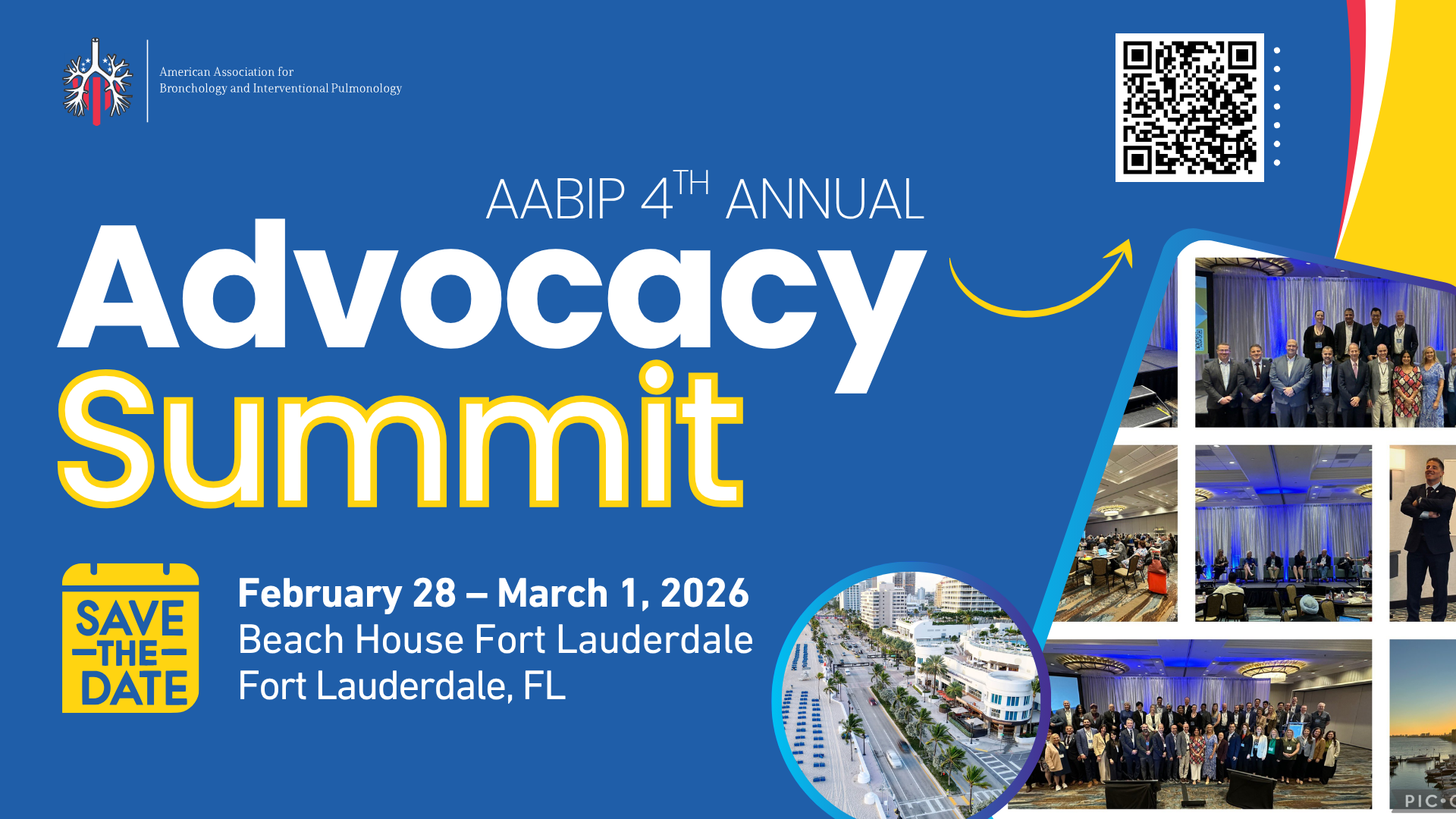https://www.ncbi.nlm.nih.gov/pubmed/11866017
Landmark Article/Review
Reference: Bolliger CT, Mathur PN, Beamis JF, et al. ERS/ATS statement on interventional pulmonology. European Respiratory Society/American Thoracic Society. Eur Respir J. 2002;19(2):356-73.
Summary: The field of IP involves diagnostic and therapeutic procedures that require training and expertise beyond what is taught in standard pulmonary medicine fellowship training. Outcome assessment for endoscopic procedures are not only based on diagnostic yield and therapeutic benefit but also safety and cost-effectiveness.
State of the art: interventional pulmonology
https://pubmed.ncbi.nlm.nih.gov/31678309/
Review
Reference: Wahidi MM, Herth FJF, Chen A, Cheng G, Yarmus L. State of the art: interventional pulmonology. Chest. 2020;157(3):724-736.
Summary: Brief overview article for those interested in the breadth of Interventional Pulmonology (IP). IP has become an increasingly recognized subspecialty. Although there is not a formal ABIM exam, the AABIP has developed and conducted annual certification exams since 2013 – and requiring a completion of a dedicated fellowship since 2017. Summarizes ablative therapy, mechanical debridement, airway stents, EBUS, peripheral bronchoscopy, pleural interventions, percutaneous tracheostomy, and new developments in the field.
Training in interventional pulmonology: the European and US perspective
https://pubmed.ncbi.nlm.nih.gov/34039670/
Review
Reference: Lee HJ, Corbetta L. Training in interventional pulmonology: the European and US perspective. Eur Respir Rev. 2021;30(160):200025.
Summary: Highlights differences in training programs between the United States and Europe – including procedural volume requirements. Incorporates a summarization of simulation available to improve skillsets as well as validated assessment tools for bronchoscopy, EBUS, and thoracentesis. Recommendation to provide a developed curriculum, a standardized process for learning, and utilization of validated assessment tools in training. It also stresses the importance of continued training post-interventional pulmonology fellowship to prevent “arrested development” and allow a skillset to advance from competent to expertise or mastery.
Palliative care and interventional pulmonology
https://pubmed.ncbi.nlm.nih.gov/29433725/
Review
Reference: Ali MS, Sorathia L. Palliative care and interventional pulmonology. Clin Chest Med. 2018;39(1):57-64.
Summary: Interventional pulmonology often sees individuals with advanced lung pathology including malignancy and COPD. These patients often have unmet palliative care needs. This article surmises interventions both pharmacologic and procedural that can be offered to these patient populations including malignant pleural effusion, airway obstruction, hemoptysis, and bronchopleural fistula.
Covid-19 impact on interventional pulmonology training
https://pubmed.ncbi.nlm.nih.gov/34409418/
Clinical Trial
Reference: Kalchiem-Dekel O, Schwalk AJ, Patel NM, et al. Covid-19 impact on interventional pulmonology training. ATS Sch. 2021;2(2):236-248.
Background: The emergence of COVID-19 as a pandemic resulted in an abrupt change in healthcare including medical education of trainees. Many concerns arose for trainees including procedure volume, academic activities, patient care, and postgraduation employment search.
PICO:
- Population
- Physicians actively training in a North American accredited IP fellowship programs for the academic year 2019-2020
- Intervention
- Eligible IP fellows were contacted via e-mail and invited to complete an online survey comprising a 99-item questionnaire
- Comparison
- Comparison of median number of procedures from the start of the year to 3/2020 compared to procedural volume between 3/2020 and 4/2020
- Outcome
- 95% of eligible fellows-in-training completed the survey with the following results: 76% of IP fellows cared directly for patients with COVID-19 for which 65% were involved in tracheostomies and 58% were involved in bronchoscopy procedures over the preceding 30-days queried for response. Median monthly procedural volume decreased by 21%, in particular, volumes of linear EBUS, guided bronchoscopies, and therapeutic bronchoscopies decreased by 27%, 39%, and 31%, respectively. 52% of IP fellows were redeployed to non-IP services spending a median of 60 weekday hours and 10 weekend hours practicing in that service for a representative 30-day COVID-19 period. 86% of fellows reported continuation of a curriculum of IP lectures during COVID-19. Of the 29% of fellows with dedicated research time, 82% reported unchanged or increased research time. 97% of survey participants in 11/2020 confirmed securing a postgraduation job.
Take home: The COVID-19 pandemic affected all medical education for which IP is included. Adaptation to a more systematic approach in order to maintain adequate clinical exposure in both inpatient and outpatient settings, minimizing potential negative impact of redeployment, retaining academic and research activities, and providing support in post-graduation employment is necessary and contingent on national organizations, professional societies, and training programs. It remains unclear whether COVID-19 will impact training as much in the future with increasing vaccination but persistent COVID-19 surges. This survey was provided in the setting of the first surge without a universal vaccination access, although almost all trainees were able to secure post-graduation employment.








